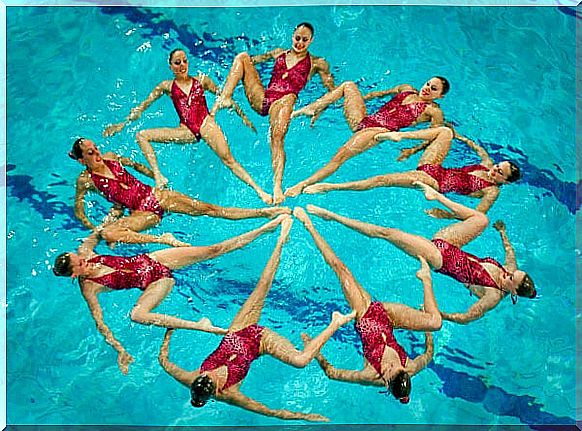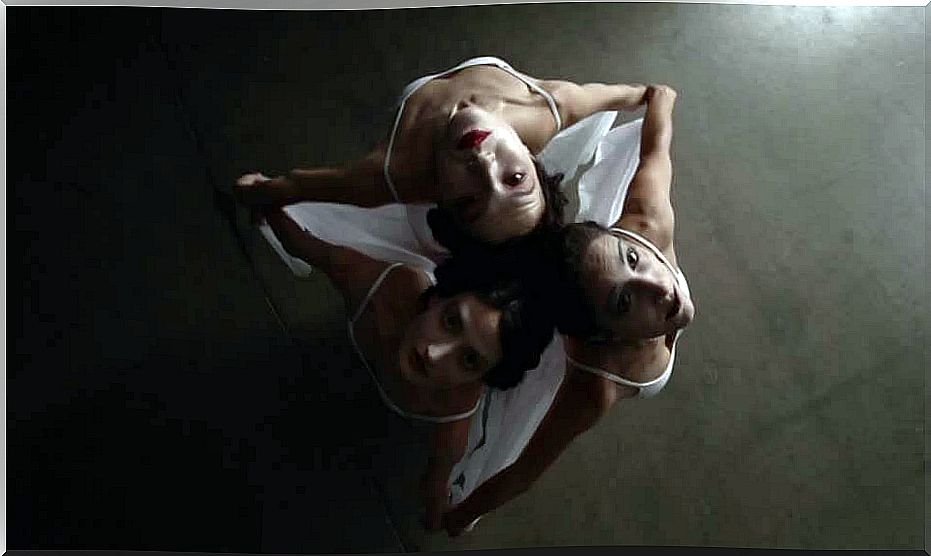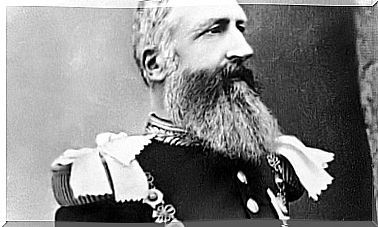Synchrony Helps Us Make A Better World

Imagine a dance in which two people perform the same movements at the same time. Reaching such a degree of synchronization requires a great deal of effort and training, which often pays off both for the people who dance and for the audience that attends their shows. The reward for the audience lies in the beauty of the dance, however there are more rewards that are not so obvious.
Actions that are performed in sync lead to higher levels of prosociality. Prosociality is understood as helping other people. Some examples of prosociality would be: showing more intention to cooperate and showing more compassion and sympathy for other people. Therefore, it seems that taking coordinated actions makes us better people.

Psychological mechanisms of synchrony
Two cognitive mechanisms have been found that intervene when synchronous movements are carried out and that favor prosociality. When we perform synchronized actions with other people, a greater similarity with these people is perceived, while it is perceived that these people are part of our own group. This last mechanism is known as entitativity.
In addition, there are other factors that will increase the prosocial effects if they are active when the synchronous behaviors are performed. These are:
- The motivation to cooperate together on the task. The more motivation there is on the part of the people who carry out the action, the more prosociality there will be.
- The attention directed to the other members of the task. Again, the more attention is paid to the other people doing the task, the greater the prosociality.
- The ability to predict the actions of others. The greater the ability to predict the actions that others will take, the greater the prosociality.
- The perceived success in the task. The greater the perceived success after completing the task, the greater the prosociality shown.
As we have seen, synchrony changes the prosocial orientation of individuals, in such a way that their willingness to cooperate with others increases. Being in sync with other people can lead to a greater awareness of interconnectedness with those people, resulting in a general shift in one’s self-interpretation towards interdependence with others.
Thus, when we carry out tasks that require synchronicity, we are going to have a greater tendency to help the people with whom we work. Something normal and known to all, but there can also be an extended prosociality. This means that the prosocial effects of synchrony can extend beyond the group that performs the activity, so that they reach and influence people who do not participate in the task.

The importance of identity in synchrony
We all have at least two types of identities. A personal identity that makes us unique and a social one that is shared with the other members of the group with which we identify. Social identity can occur with various groups.
The social effects of synchrony are not only directed towards those with whom we perform the synchronized task. They also do it towards other people who belong to one of our social groups, even if those people are not present during the synchronized activity.
In this way, if we perform a synchronized dance with strangers we will be more prosocial with these people, but we will also be more prosocial with people who belong to other groups to which we also belong. For example, a social group can be that of our work, the university in which we study or even a larger group, such as the national one.
We are also going to show more prosociality towards people who belong to other groups to which we do not belong, although this does not always happen. When people belong to another group with which our group is in conflict, the increase in prosociality does not occur. In situations where there is a conflict with another group, the members of the external group can even be dehumanized, creating a psychological barrier that prevents the prosocial effects of synchrony.
Altogether, the prosocial effect of synchrony extends beyond the group performing the task in synchrony and appears to lead to generalized prosociality. This prosociality extends even to members of other groups. Singing and dancing together is not just spending time having fun, it can also play a great role in making the world a more pleasant place to live.









